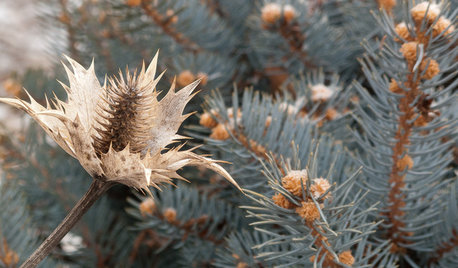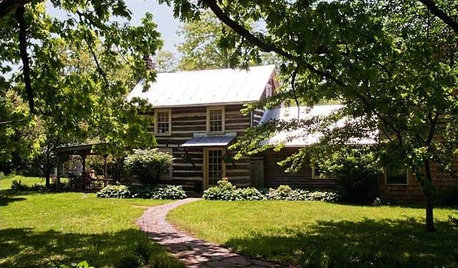Starting Pear trees from seed
melani_mo
20 years ago
Featured Answer
Comments (26)
carolyn137
20 years agomelani_mo
20 years agolucky_p
20 years agoMader631
19 years agobaci
19 years agojamie_e
19 years agokathyjo_mo
18 years agoceresone
18 years agoScott F Smith
18 years agokathyjo_mo
18 years agoceresone
18 years agoUFDionysus_aol_com
18 years agoScott F Smith
18 years agomacd
17 years agocsorgatz
17 years agokathyjo_mo
17 years agoslk_ar
14 years agonorakatherine
13 years agofusion_power
13 years agojohn_in_sc
13 years agosling
13 years agomikefhays
12 years agoUser
8 years agoled_zep_rules
8 years agoparker25mv
8 years agolast modified: 8 years ago
Related Stories

GARDENING GUIDESSeeds or Seedlings? How to Get Your Garden Started
Growing delicious herbs and vegetables starts with knowing your goals and when you want to plant
Full Story
GARDENING GUIDESHow to Plant a New Lawn From Seed
Choose from more grass varieties and save money over sod by starting your lawn from seed
Full Story
EDIBLE GARDENSHow to Grow Your Own European and Asian Pears
Try these trees for their good looks, delicious fruit and wide range of sizes — plus you can espalier them
Full Story
GARDENING FOR BUTTERFLIESA Quick-Start Guide to Bird-Watching for Fun and Learning
Set out some seed and grab your field guide. Bird-watching is an easy, entertaining and educational activity for the whole family
Full Story
WINTER GARDENINGInspiring Winter Scenes From the Denver Botanic Gardens
Use seed heads, bare branches and grasses to design lovely garden displays when the ground is frozen
Full Story
GARDENING GUIDES10 Tips to Start a Garden — Can-Do Ideas for Beginners
Green up your landscape even if you're short on time, money and knowledge, with these manageable steps for first-time gardeners
Full Story
GARDENING AND LANDSCAPINGCitrus 101: Start Your Own Backyard Orchard
This Earth Day Weekend, Add Some Green, Style and Deliciousness to Your Landscape
Full Story
FARM YOUR YARD6 Things to Know Before You Start Growing Your Own Food
It takes time and practice, but growing edibles in the suburbs or city is possible with smart prep and patience
Full Story
HOUSEPLANTSHow to Grow Orchids Indoors
Orchids are the exotic aristocrats of the flower world and can make themselves comfortable in almost any home
Full Story







mistercross